
Yellowstone and Yosemite: Two of the World's Oldest National Parks (Photos)
Yellowstone National Park
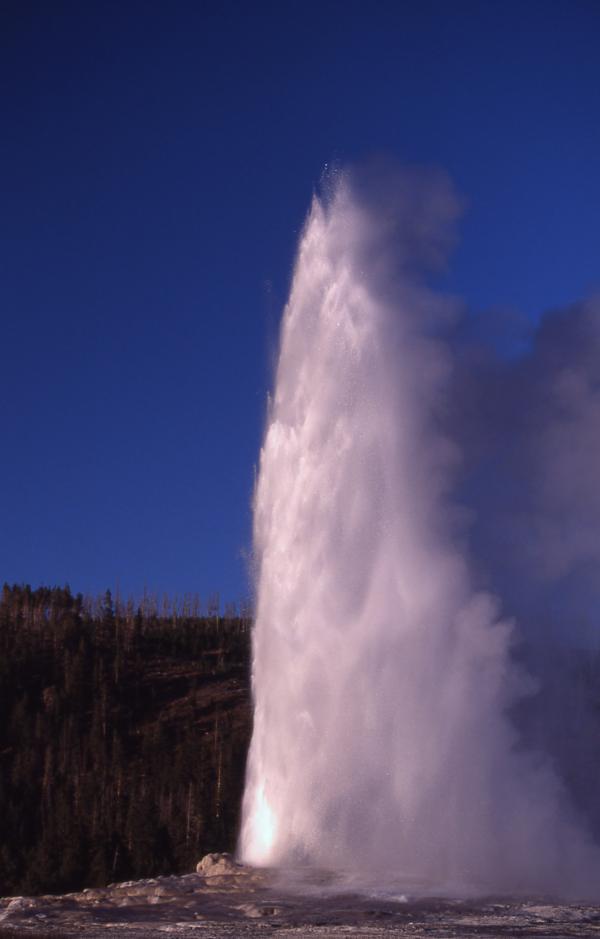
Yellowstone National Park, the world's first national park, was set aside in 1872. That year, 300 hardy souls visited the park. In 1883, the number of visitors jumped to 5,000 per year with the addition of a stop on the Northern Pacific Railroad. More than 3 million people per year visit the park today.
Yellowstone's famous geyser, Old Faithful, pictured above, is a cone geyser in Wyoming that can shoot up to 8,400 gallons (32,000 liters) of piping hot water up to 185 feet (56 meters) into the air. The water works can last up to 5 minutes long. Eruptions are currently about 90 minutes apart.
Grand Prismatic Hot Spring Editor's note:
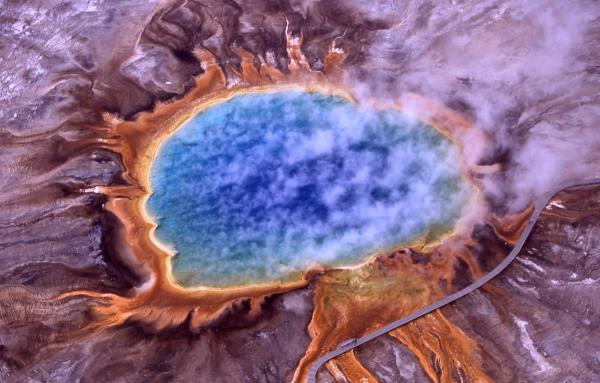
Visitors to Yellowstone can enjoy one of the park's many hot springs. Groundwater heated by the Earth's crust keeps these springs nice and toasty. Yellowstone's thermal features, such as geysers, hot springs, steam vents and mud pots, are a constant reminder of the park's recent volcanic past .
It is illegal to swim in Yellowstone's thermal features, but visitors may swim in bodies of water fed by runoff from thermal features, including a spot known as Boiling River, according to the park's website. Yellowstone contains approximately one-half of the world's hydrothermal features. There are over 10,000 hydrothermal features, including over 300 geysers, in the park.
This page was updated to reflect the fact that visitors are not allowed to enter the park's hot springs.
Leaf peeping
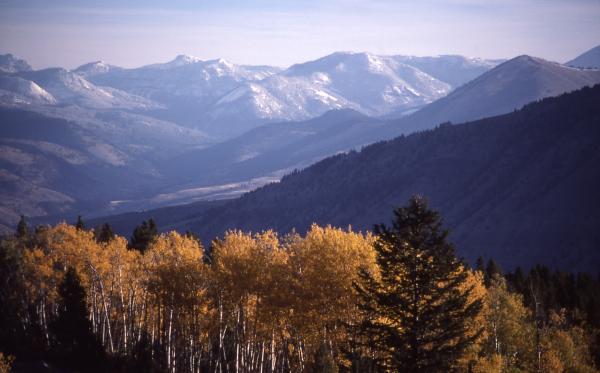
As the days get shorter, Yellowstone's beautiful fall foliage is on full display. Yellowstone is home to more than 1,350 species of vascular plants, of which 218 are non-native.
Many of Yellowstone's plant species are fire-adapted to the wildfires that can naturally rage through the region. Some of the lodgepole pines (Pinus contorta), which make up nearly 80 percent of the park's extensive forests, have cones that are sealed by resin until the intense heat of fire cracks the bonds and releases the seeds inside.
Mud Pot
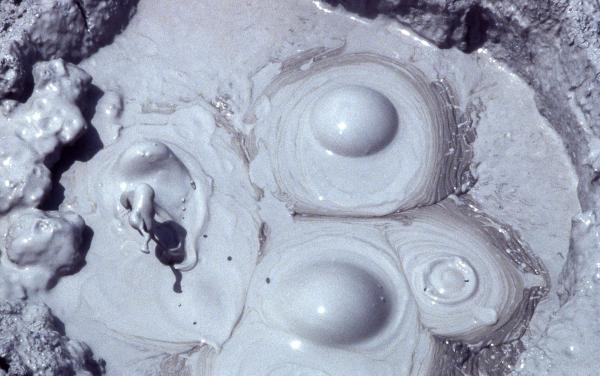
What's that rotten egg smell? Oh, it's just the sulfuric acid emanating from the park's bubbling mud pots. Where hot water is limited and hydrogen sulfide gas is present, sulfuric acid is generated. The acid dissolves the surrounding rock into fine particles of silica and clay that mix with what little water there is to form the seething mud pots.
Bison under attack
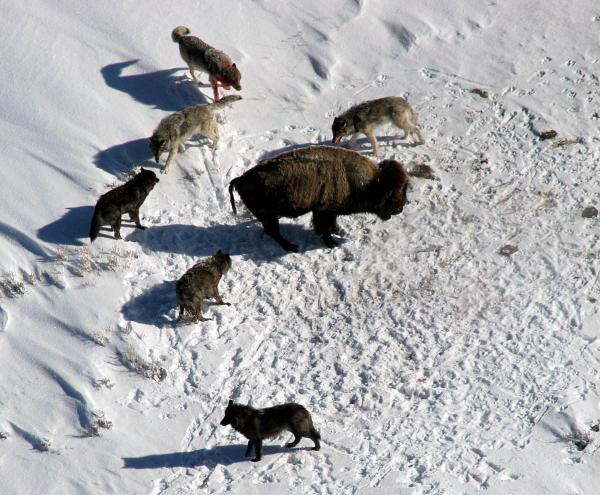
There are more people hurt by bison than by bears each year in Yellowstone. Park regulations state that visitors must stay at least 25 yards (23 meters) away from bison or elk and 100 yards (91 meters) away from bears.
Yellowstone is home to the largest concentration of mammals in the lower 48 states. Sixty-seven different mammals live here, including grizzly bears, black bears, gray wolves, wolverine, lynx, elk, bison, moose and numerous small mammals.
Yosemite National Park
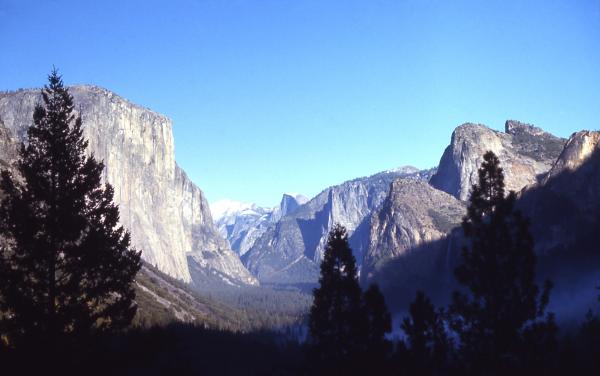
Yosemite is located in California's Sierra Nevada Mountains and celebrated 120 years as a national park on Oct. 1, 2010.
The alpine wilderness, groves of giant Sequoia trees and the spectacular valley landscape of Yosemite make it a natural marvel. The park remains nearly 95 percent wilderness. "No temple made with hands can compare to Yosemite," the naturalist John Muir famously said.
Yosemite Falls
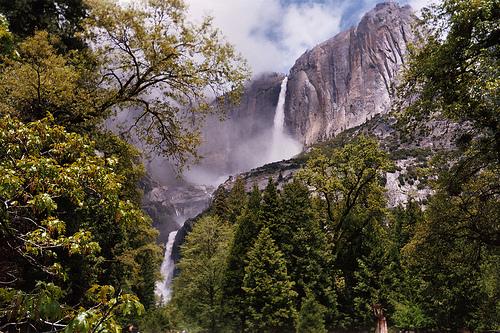
Yosemite was made by glaciers. During the last ice age, the granite bedrock was gouged and shaped into bare peaks, sheer cliffs, rounded domes and huge monoliths.
Visitors fall in love with the park's many waterfalls, specifically 2,425-foot (740-m) Yosemite Falls, pictured above, that ranks as the tallest in North America, flowing down into the scenic Valley meadows.
Sign up for the Live Science daily newsletter now
Get the world’s most fascinating discoveries delivered straight to your inbox.
Delaney Creek

Hikers take notice of the enormous granite mountains from the 8,842-foot (2,700-m) Half Dome to the 13,114-foot (4,000-m) Mt. Lyell Yosemite's tallest peak.
Water works
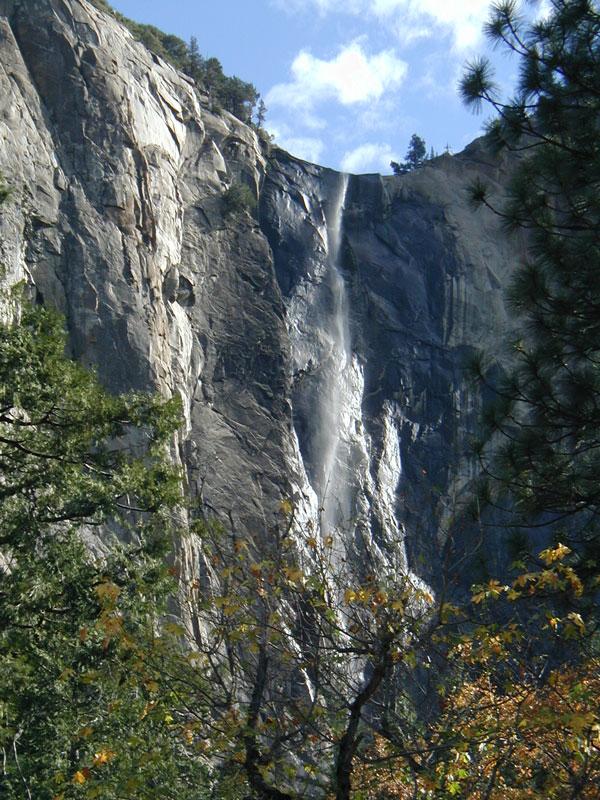
Bridalveil Fall, pictured above, is one of Yosemite's stand-out waterfalls. The single 617-foot (188-m) plunge is visited by millions each year.
Yosemite National Park's hydrologic resources include the headwaters of two magnificent rivers the Merced and the Tuolumne. All of the creeks, streams and lakes in Yosemite will eventually join with one of these two rivers, which were both declared as "Wild and Scenic Rivers" by Congress in the 1980s.
Half Dome
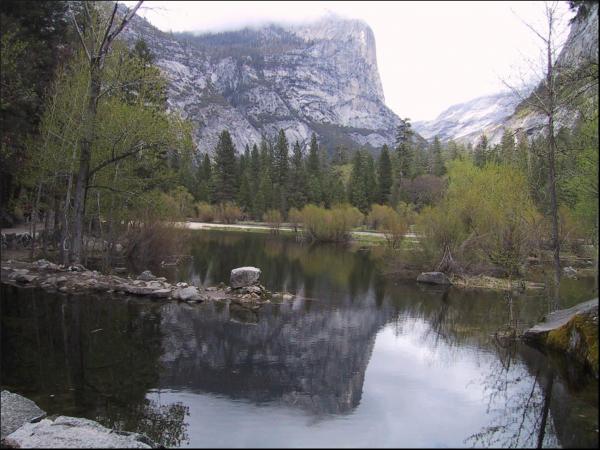
Yosemite is open 24 hours a day, 365 days of the year, no reservation required. Just go and take in the sights. If you want to hike to the top of the famous Half Dome, you will need a permit to ensure the safety of those using the cables to ascend the dome. This giant granite dome is probably Yosemite's most famous rock formation. Half Dome is more than 4,737 feet (1,444 m) above the valley floor.
Yosemite from above
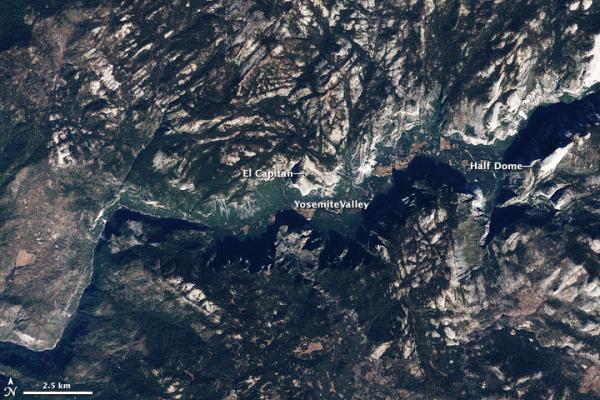
Naked summits alternate with forested lowlands in Yosemite Valley. As the glacier ice retreated, forests grew, but forests only extend as high as 9,500 feet (2,900 meters) above sea level. Above the tree line are rocky landscapes with sparse alpine vegetation. So from the sky, Yosemite Valley appears as a light-and-dark patchwork of forest, rock and shadow.









